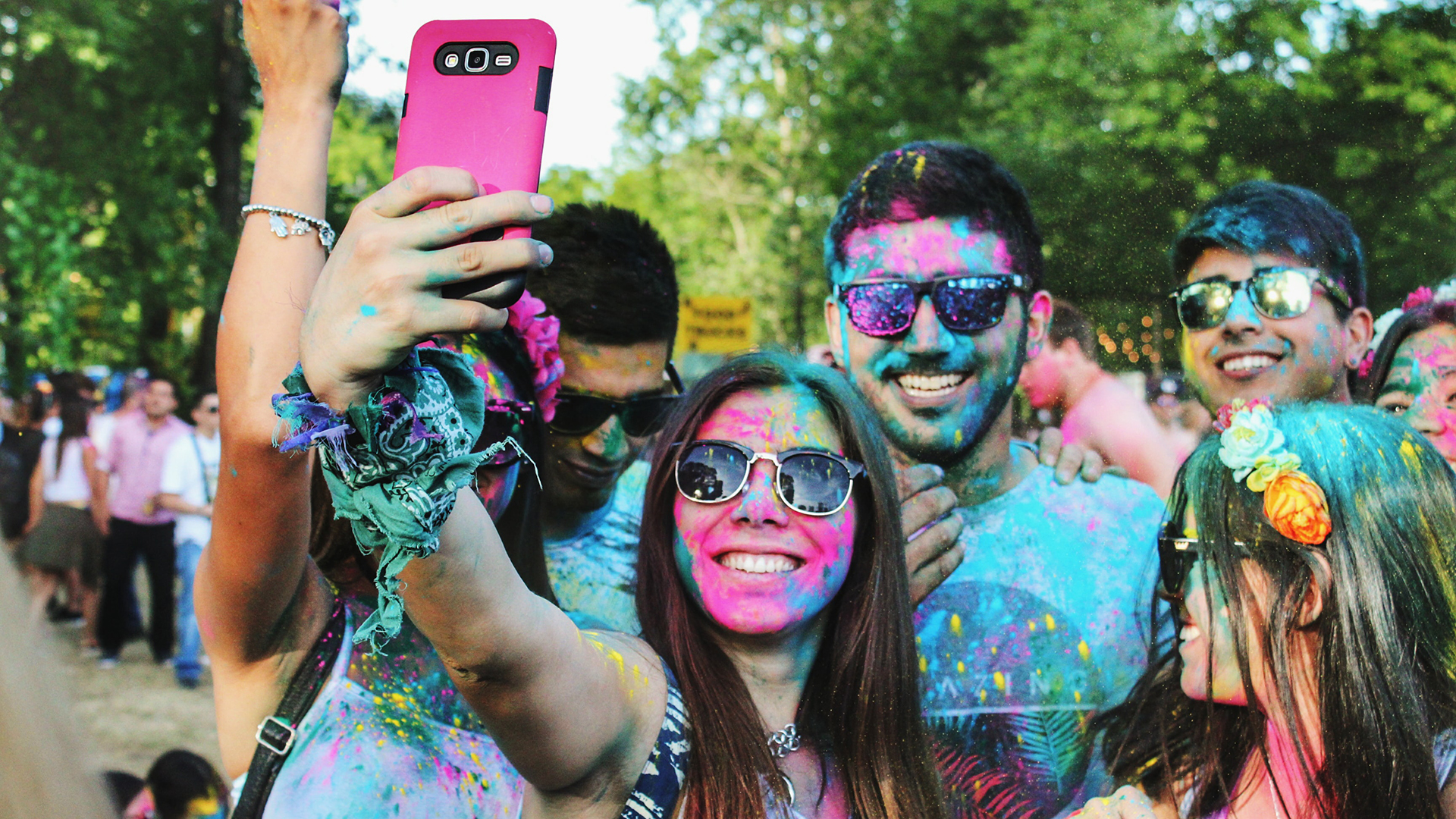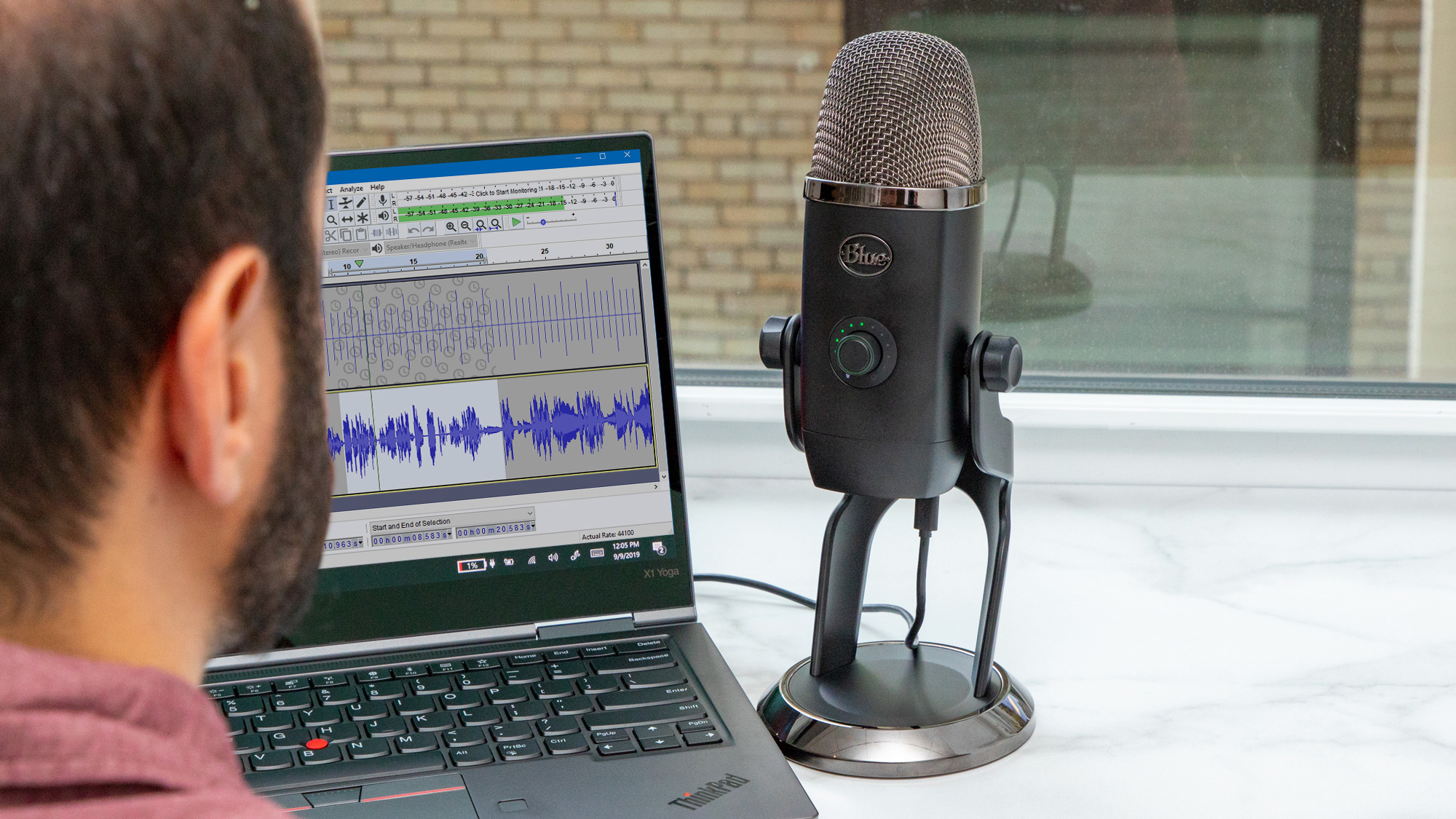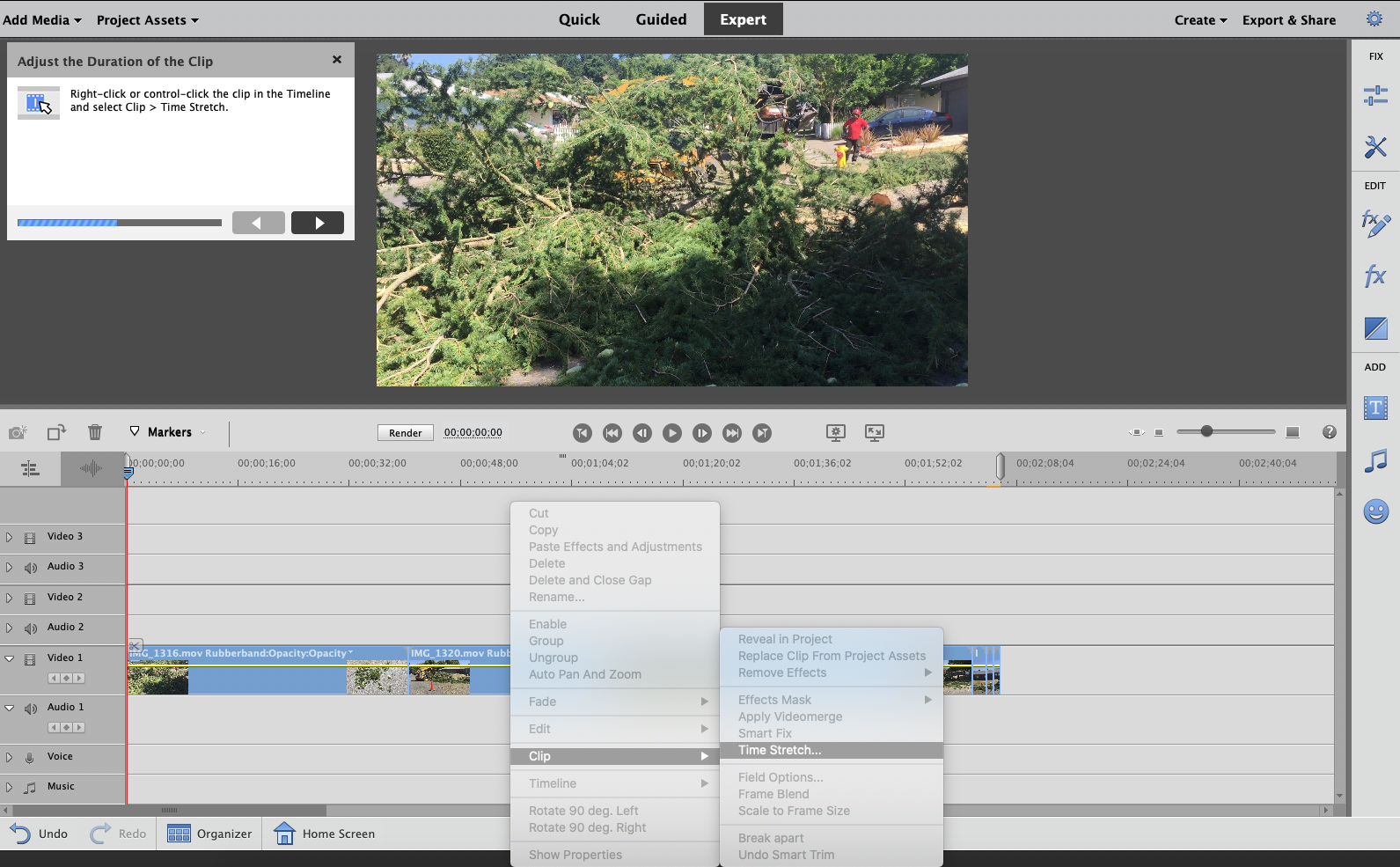Vlogging kit: everything you need to get started

YouTube, Twitch, and other video sharing sites offer the potential to reach huge audiences. As a result, an ever-growing number of people are turning to these sites in order to start a video blog—better known as a vlog—to share their stories, ideas, and more.
Before you can start your own rise to YouTube stardom, you need to invest in the best vlogging equipment. In this guide, we’ll highlight all the tools and gear you need, including cameras, microphones, and the best video editing software.
Why invest in a vlogging kit?
Before we dive into the key components of a vlogging kit, it’s worth taking a moment to explain why this equipment is worthwhile. After all, you could easily record a video with your smartphone and post it to the internet immediately.
While that’s a viable low-cost solution for starting a vlog, any YouTube star will tell you that success starts with quality production. Your smartphone offers great video quality, but that alone isn’t enough. If your audio is muffled and hard to hear, or if the frame is shaky because your friend is holding the phone, then you’re going to have a hard time getting anyone to watch your videos.
The good news is that it doesn’t take a professional production team to produce a high-quality video at home. In fact, you can get started with just these five pieces of gear in your vlogging kit:
- Camera
- Microphone
- Tripod
- Video lighting
- Video editing software
Let’s take a closer look at what each of these components can do for your vlog and the top products we recommend in each category.
Vlogging kit: Camera

While many vloggers prefer to use a smartphone when they are just starting out, investing in one of the best mirrorless cameras or best DSLR cameras will reap dividends in terms of both audio and video quality. However, when purchasing a camera for vlogging, be sure to look for one that has both a flip-up display and a microphone jack. A display that you can see while standing in front of the camera will make it much easier to frame yourself in the shot, while a microphone jack will let you capture better audio.
Get instant access to breaking news, the hottest reviews, great deals and helpful tips.
Among mirrorless cameras, the Sony A6100 is a great option. It has both a display that can flip 180 degrees and a microphone port, can shoot video in 4K and a hot shoe for fitting a video light. You can get it for around $850, lens included.
You could also try the Canon EOS Rebel T8i, a surprisingly compact and affordable DSLR. It offers a large 24.3-megapixel sensor and a wide selection of entry-level lenses. Not only does it shoot 4K video, but it can also film vertical video, great if you're posting to TikTok or some other social media site that supports that orientation.
If you're looking for something truly compact, there's no beating the GoPro Hero9 Black, which is the best action camera around. It too has a small front-facing screen so you can frame yourself in the shot, and can shoot 5K video as well as time-lapse. Plus, there are a ton of GoPro accessories, including external lights, microphones, and more.
Vlogging kit: Microphone

Clear, crisp audio is just as important for a quality vlog as high-resolution video. When audio quality is great, no one thinks twice about it. But muffled audio or static in the background of your video can quickly drive viewers away from your channel.
That’s why it’s not enough to rely on your smartphone or camera’s built-in microphone. Instead, it’s well worth investing in a dedicated external microphone to record your message.
There are several different microphone designs available. If you typically record at a desk or in a studio, you might try a standing microphone like the kind that many podcasters and radio hosts use. These are reliable and pick up sound well. We recommend models like the Blue Yeti X, which is fairly inexpensive and offers four different audio recording modes. That way, you can easily record a monologue, an interview, or a whole room’s worth of sound depending on the situation.
Alternatively, if you don’t want your microphone in your shot, consider a shotgun microphone. These are designed to attach to the top of your camera and pick up clear audio from several feet away. The Blue Snowball Ice, for example, is an inexpensive solution that will clearly pick up your voice and little else. Be sure to check out our best microphones page for other options.
Tripod
No matter whether you’re using a smartphone or a DSLR to record your video, a tripod is essential. If you want your vlog to look professional, the video frame needs to be absolutely still. Shaky video is simply hard to watch.
If you plan on filming with your smartphone, there are plenty of the best iPhone tripods that work equally well for phones from all manufacturers. The Joby GripTight One is an inexpensive and lightweight option. However, you’ll need a desk or stand to lift the phone to eye level, since the legs of the tripod are only six inches tall.
You can also opt for a more traditional tripod like the Ravelli APTL-3. This smartphone tripod is 53 inches tall and comes with a pan and tilt head.
If you have a mirrorless or DSLR camera, you’ll need a heavy-duty tripod that’s able to hold the additional weight. As you might expect, these tripods tend to be significantly more expensive than options for smartphones. The Manfrotto Compact Action tripod is a budget-friendly choice that offers 53 inches of height and comes with a versatile head attachment.
Video lighting
You’d be surprised at the degree to which adding a light or two into your production area can improve the look of your video. The truth is that overhead and ceiling lights cast shadows on your face that aren't especially flattering. By eliminating these shadows and introducing your own highlights, you can control how you appear to your viewers and make your vlog look more professional.
The easiest way to introduce lighting is to use lights you already have. The best desk lamps work great for shining soft light on your face or placing a backlight behind your head. You can also use natural light from outside if there’s a window near where you’re shooting. For best results, situate yourself so that the window is at 10 or 2 relative to your face and move several feet back from the window.
Of course, you can also invest in dedicated video lights. A good place to start is to find a video light that mounts on your camera’s hot shoe, like the Godox TT350s. If you want to introduce additional lights into the room where you’re shooting, keep in mind that you will likely need dedicated light stands to hold them in place.
Video editing software

Unless you are able to shoot your entire vlog episode in a single, flawless take, you’re going to need to do some editing before your video is ready to post. With video editing software, you can stitch together pieces of your monologue, splice in video clips from your library or the internet, and add music and other elements to your video. Video editing is also a chance to adjust the look and feel of your video by modifying the lighting or introducing filters.
There are both paid and free video editing software options available. Free software tends to be less powerful, but most vloggers don’t need a ton of advanced features. Hitfilm Express, for example, is a free tool that lets you cut scenes, add special effects, and more. Plus, it offers export presets to help you upload your videos to social media sites like YouTube.
If you do find yourself in need of tools that free video editors don’t offer, we recommend Adobe Premiere Elements. It’s easy to use, costs less than $100, and offers an artificial intelligence engine that makes complex edits simple.
Summary
While anyone can start producing a vlog using just a smartphone, putting together a dedicated vlogging kit can make a huge difference in the quality of your videos. All it takes to get started is a camera, a microphone, a tripod, lighting, and editing software. Better yet, you don’t have to spend a fortune to get the best vlogging equipment. With these great tools, you can create professional-quality videos and start building a dedicated following on YouTube.
More advice on vlogging and video editing:
Michael Graw is a freelance journalist and photographer based in Bellingham, Washington. His interests span a wide range from business technology to finance to creative media, with a focus on new technology and emerging trends. Michael's work has been published in TechRadar, Tom's Guide, Business Insider, Fast Company, Salon, and Harvard Business Review.

